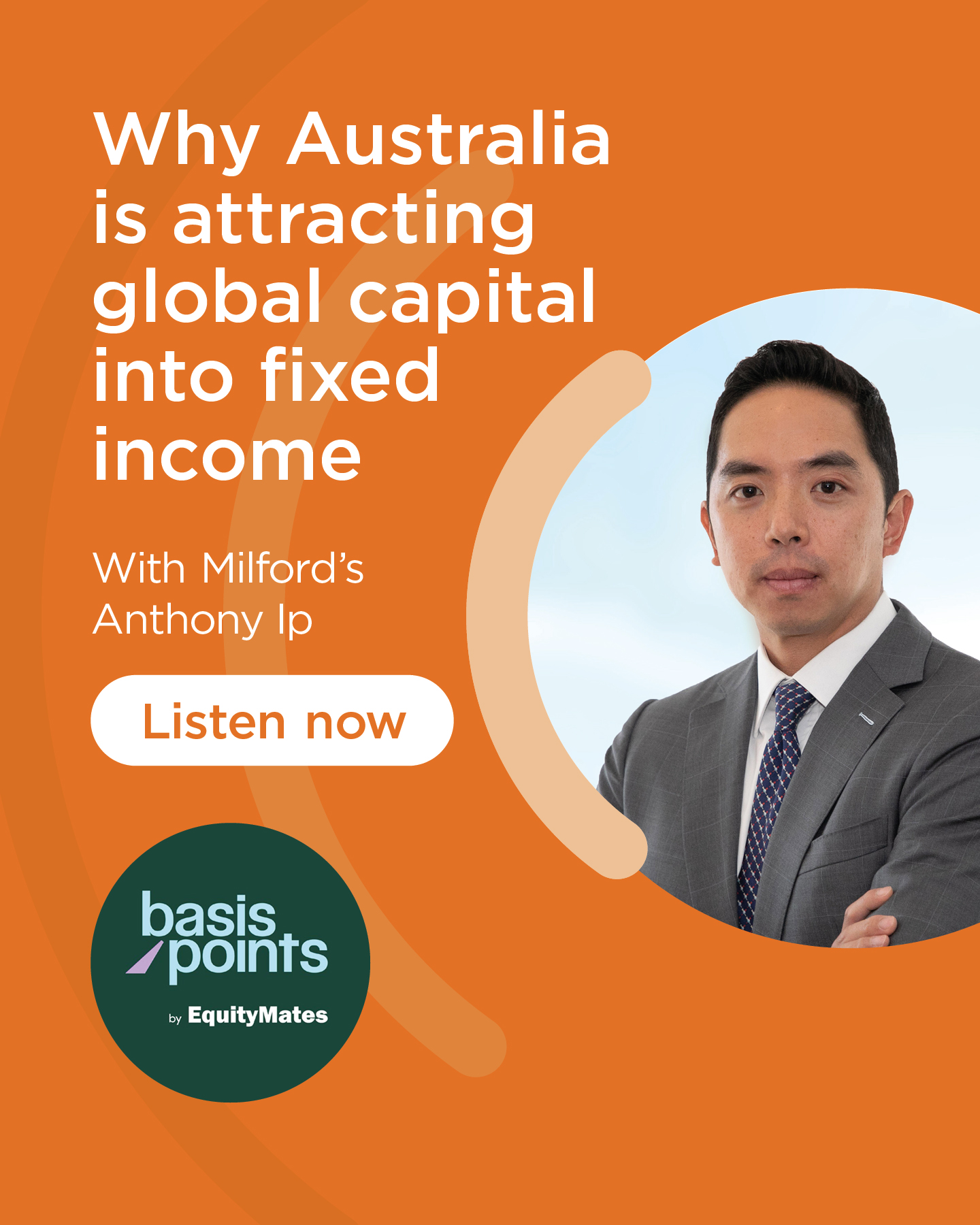From midnight Wednesday in Melbourne, 36 suburbs in 10 postcodes will be placed in lockdown. Residents in those suburbs will return to Stage 3 restrictions meaning they will only be able to leave their homes for four reasons: food and supplies, medical care, work/education/childcare, and exercise.
These suburbs contain an approximate 340,000 people using 2016 Census data. This represents 7.6% of the greater Melbourne and 1.5% of the national populations meaning the number of people in lockdown is relatively minimal. To gauge the economic impact, we must consider some likely developments.
- The lockdown is likely to be extended to other suburbs over the coming weeks as testing almost inevitably reveals more clusters. If the outbreak is contained with less than 800,000 people entering lockdown, we would consider this a good outcome.
- Residents in open suburbs will likely become more cautious again given the extent of this outbreak. Some people will return to work-from-home, eat out less and generally reduce discretionary spending. Recent data from ANZ showed this is already happening, with spending on dining and takeaway in Victoria down 20% last week year-on-year, compared with an 8% increase in other states.
- Various businesses and retail chains will likely send employs back to work-from-home and close retail stores once again. We saw Apple do this in heavily impacted areas in the United States last week.
The impact on the Australian share market as a result of these lockdowns will likely be relatively small assuming the virus does not spread widely enough to cause a Melbourne wide lockdown or enter other states. State Governments will be very reluctant to resume state-wide lockdowns even if the virus spreads widely given the public willingness to do this and heavy economic cost. However, there will be some sector and stock movements as a result of this outbreak. For example:
Travel sector – this is a major blow given many investors were hoping to see increasing interstate travel, a trans-Tasman bubble as early as July and certain international routes by the end of the year. This is now looking very optimistic.
REITS – certain REITs have significant exposure in Victoria and will likely see rent collections fall again.
Transurban – 35% of its proportional earnings come form Melbourne toll roads. There will be some level of reduced mobility, but some people will also switch from using public transport to driving cars.
Banks – if rolling geographic specific lockdowns are the new normal this will increase their losses from non-performing loans.
Supermarkets – may benefit as restaurants are closed again. We are also seeing stockpiling of toilet paper again! It is worth mentioning that although supermarkets saw a surge in sales in the June quarter, their profits did not benefit given the additional cost of doing business over this period. This time they are better prepared so profits may benefit, but it is not a guarantee.
Conclusion
This may be the environment we need to get used to until we get a vaccine or achieve herd immunity.
If the breakout can be contained over the next few weeks, then investors will gain confidence that future breakouts can also be contained and may become less concerned with COVID-19. However, the negative outcome of uncontrolled virus spread will likely have a material economic impact if not combatted aggressively with more monetary and fiscal stimulus.



